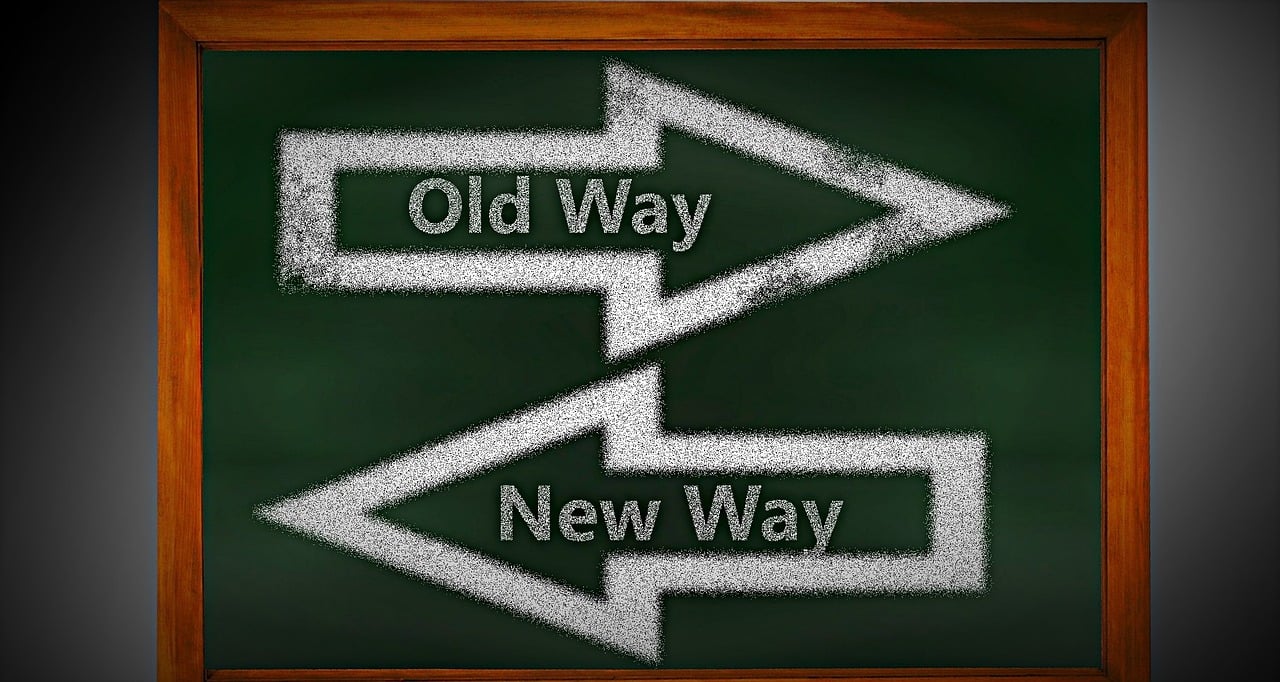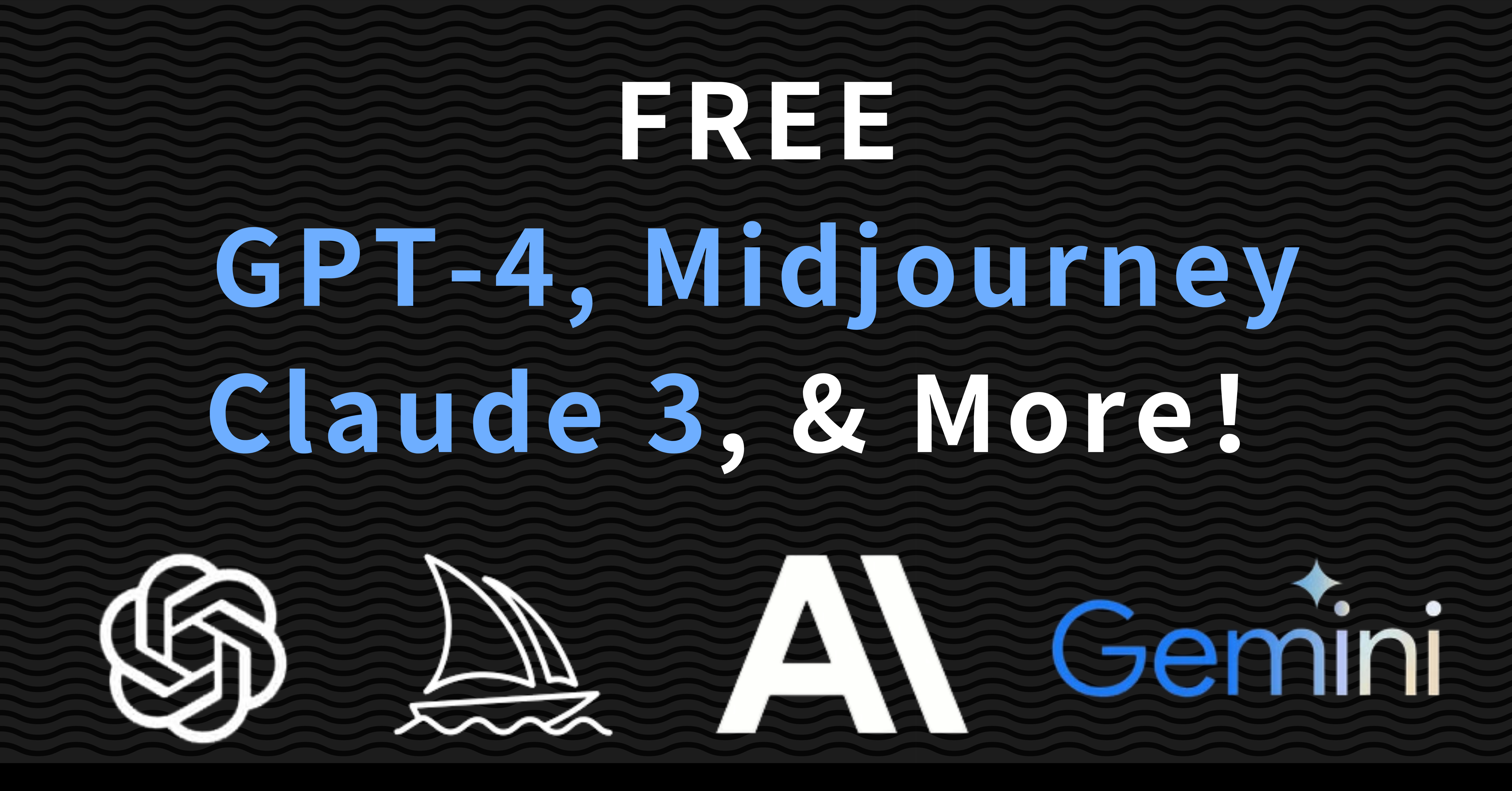Navigating the Advances: Claude 3 vs Claude 2 in the AI Evolution

Introduction: Setting the Stage for AI's Latest Developments
The AI landscape is continuously evolving, with each new model bringing forward enhancements and refinements that push the boundaries of what technology can achieve. Claude 3 and Claude 2, both products of Anthropic’s continuous innovation, serve as benchmarks in this relentless progression. This article delves into the comparison between these two models, examining their capabilities, efficiencies, and practical applications.
Enhancements in Claude 3: A New Benchmark in AI Performance
Claude 3 represents a significant step forward from its predecessor, Claude 2, particularly in terms of handling context and coding capabilities. With an expanded context window significantly larger than Claude 2, Claude 3 can manage more extensive data arrays, maintaining coherence over longer conversations or documents. This model has shown superior performance in coding tasks across various programming languages such as Rust, C++, and Haskell, making it a preferred choice for developers requiring advanced code generation (Writingmate).
Cost and Efficiency: Trade-offs Between Generations
While Claude 3 offers enhanced capabilities, these come with higher operational costs and potentially slower processing speeds compared to Claude 2. This aspect makes Claude 3 a premium choice, possibly out of reach for budget-conscious users or projects where speed is a critical factor. Users must balance the need for advanced features with cost and efficiency considerations (Writingmate).
Practical Applications and User Experiences
In real-world applications, Claude 3 has been instrumental in sectors ranging from financial services to healthcare, where its advanced understanding capabilities enable more accurate data analysis and decision-making. For example, in healthcare, Claude 3 has improved patient interaction bots, providing more accurate responses and information retrieval, enhancing patient care and operational efficiency.

Pay-as-You-Go:
Top Up from Just $1 Balance Never Expires
All-in-One: Access All Models in One Place
AI Total Data Privacy
Unlimited Usage Limitation
Accepts Fiat and Crypto Payments
GlobalGPT's Integration of Claude 3
GlobalGPT has integrated Claude 3 into its suite to harness its advanced capabilities for enhancing AI-driven solutions across industries. This integration allows GlobalGPT to offer more precise and context-aware tools to its clients, facilitating improved user interactions and smarter data handling. GlobalGPT’s utilization of Claude 3 can be explored further on their official website.
Making an Informed Decision: Which Model Suits Your Needs?
Choosing between Claude 3 and Claude 2 depends largely on specific requirements such as budget constraints, desired processing speed, and the necessity for cutting-edge capabilities. For startups and smaller projects, Claude 2 might be the more viable option due to its lower cost and reasonable performance metrics. Conversely, enterprises needing the utmost innovation in language understanding and generation might lean towards Claude 3 despite the higher expense.
Looking Forward: The Future of AI with Claude Models
The future of AI promises further innovations that build upon the foundations laid by models like Claude 3 and Claude 2. As we continue to push towards more sophisticated AI, understanding these models' capabilities and their developmental trajectory is crucial for anyone involved in technology and business strategy.
Final Insights: Harnessing the Power of Advanced AI
In conclusion, both Claude 3 and Claude 2 offer unique advantages that cater to different technological needs and financial capabilities. By evaluating their features against required criteria, users can effectively decide which model aligns best with their strategic goals, ensuring they are equipped to take full advantage of AI's potential.
See Also
Free Mastery of Claude 3 Opus: An In-Depth Manual
Free Access to GPT-4: A Detailed Tutorial
AI Empowerment: Unleashing the Potential of ChatGPT
